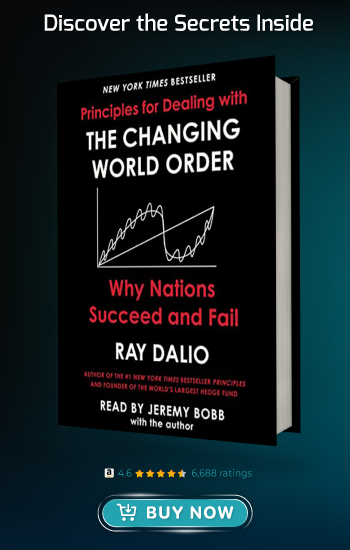-1695555310.jpg)
The History of the Taiwan-China Conflict - Economydiary
- Economydiary
- 24 Sep, 2023
The conflict between Taiwan and China is one of the longest-running and most complex conflicts in the world. It dates back to the Chinese Civil War in the 1940s, and it continues to simmer today.
Key Events and Issues
Here is a brief timeline of some of the key events and issues that have shaped the Taiwan-China conflict:
- 1945: The Chinese Civil War ends with the defeat of the Kuomintang (KMT) by the Chinese Communist Party (CCP). The KMT government flees to Taiwan.
- 1949: The People's Republic of China (PRC) is established on the mainland. The PRC claims Taiwan as part of its territory.
- 1950-1953: The Korean War breaks out. The United States intervenes on the side of South Korea, and the PRC intervenes on the side of North Korea. The US Seventh Fleet is deployed to the Taiwan Strait to deter the PRC from invading Taiwan.
- 1955: The First Taiwan Strait Crisis erupts. The PRC bombards islands controlled by the Republic of China (ROC) on Taiwan. The US intervenes to support the ROC.
- 1958: The Second Taiwan Strait Crisis erupts. The PRC again bombards islands controlled by the ROC. The US again intervenes to support the ROC.
- 1971: The ROC is expelled from the United Nations. The PRC is admitted to the UN in its place.
- 1979: The US and the PRC establish diplomatic relations. The US withdraws its recognition of the ROC as the legitimate government of China.
- 1989: The Tiananmen Square Massacre occurs. The PRC cracks down on pro-democracy protests in Beijing.
- 1992: The Consensus of 1992 is reached. The ROC and the PRC agree to the "one China" principle, but they disagree on its interpretation.
- 1995-1996: The Third Taiwan Strait Crisis erupts. The PRC conducts missile tests in the Taiwan Strait in an attempt to intimidate the ROC. The US deploys aircraft carriers to the region.
- 1999: The ROC holds a presidential election. Chen Shui-bian, a candidate from the pro-independence Democratic Progressive Party (DPP), is elected president.
- 2000-2008: Chen Shui-bian serves as president of the ROC. He pursues a number of policies that anger the PRC, such as promoting Taiwanese independence.
- 2008-2016: Ma Ying-jeou, a candidate from the KMT, serves as president of the ROC. He pursues a policy of rapprochement with the PRC.
- 2016-present: Tsai Ing-wen, a candidate from the DPP, serves as president of the ROC. She has taken a more cautious approach to the PRC, but she has also rejected the "one China" principle.
Perspectives of the Two Sides
The PRC and the ROC have very different perspectives on the Taiwan-China conflict.
The PRC claims Taiwan as part of its territory and has vowed to reunite with Taiwan, even if it means using force. The PRC argues that Taiwan has been part of China for centuries and that there is only one China.
The ROC, on the other hand, argues that it is a sovereign state and that it is independent from the PRC. The ROC points out that it has its own government, military, and currency.
Conclusion
The Taiwan-China conflict is a complex and challenging one. There is no easy solution.
The PRC and the ROC need to find a way to resolve their differences peacefully. This will require both sides to compromise and to be willing to work together.

The US and the international community also have a role to play in helping to resolve the Taiwan-China conflict. The US and the international community need to support the peaceful resolution of the conflict and to deter the PRC from using force against Taiwan.
-1695555310.jpg)